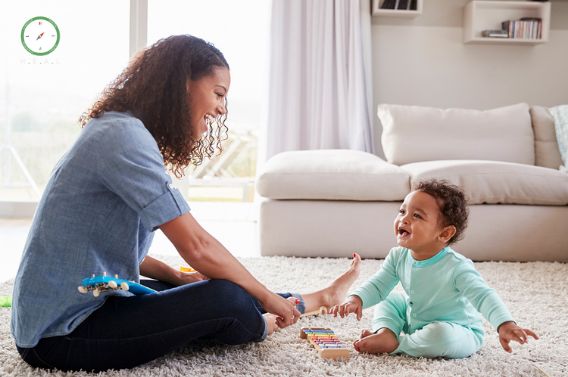
Language in the form of poetry, rhyme, or song has been clinically proven to activate both sides: left and right sides of the brain, so it merges the logical and creative aspects of an individual. This in turn enhances our memory, helps us learn better because we are using both sides of the brain.
Now, when we do this for children, we encourage mothers too;
·Sing four lullabies on repeat
·Four “shlokas”
The above could be in four different languages that you can choose based on region, culture, or knowledge.
So “shlokas” are referred to as “Sanskrit”. You can choose to sing a French lullaby, Hindi song, or any other language that is comfortable as a second or third language to one of the parents or child’s caregivers.
Essentially, this needs to be timed in every day on repeat so that the child is able to adapt and imitate the intimation of all of this and once you are able to do that on a daily basis, long-term memory of sound, of the creative and logical aspects of the language which in turn develops the vocabulary bank of the child, all are imbibed and this can start as early as birth. So, early as birth means you can start immediately or if you are waiting for the right time then 3-4 months is a great age to introduce these languages and re-enforcing the 4 languages that you choose.
In addition, as you build through months that is 6-8, you can bring in more songs, more “shlokas”, poems, and even stories in the chosen four languages. You can keep building words, add sentences, music, dance, theatrics, plan performances, or even a small play for the child. Learning through music and imagination is something a child will never forget even when he grows old.
This is the correct way of using rhymes, stories, songs, and recitation of “shlokas” to enhance language ability, improve retention and memory power, and also introduce music into the child’s life.